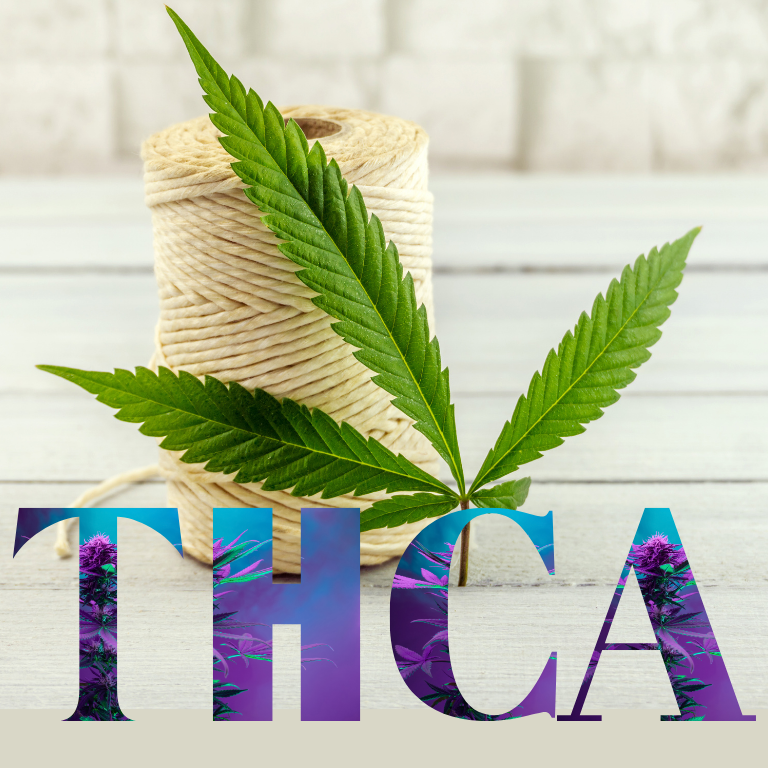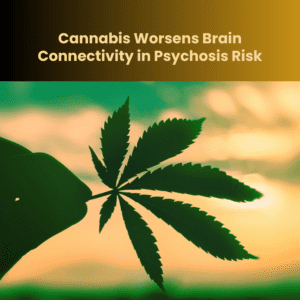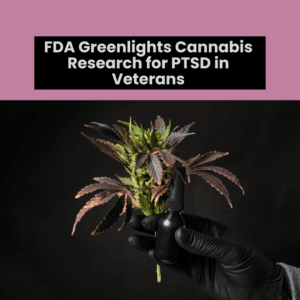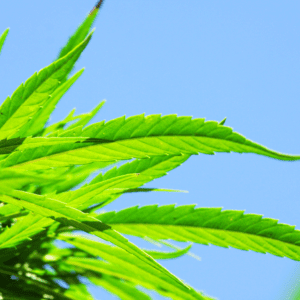How Hemp and THCA Are Changing Cannabis Rules

Consumable Hemp Is Forcing Another Rethinking of What Constitutes Legal Cannabis in America
One of the biggest cannabis tales defining 2024 isn’t about marijuana. It’s about hemp laws – or more specifically, increasingly popular derivative compounds, such as concentrated delta-9 hemp products and smokeable THCA. The rise of what is now being labeled as “intoxicating” goods has blurred the lines between hemp and marijuana, reshaping both industries.
Corporate weed has taken notice. An array of well-known brands is diving into the market, from Curaleaf and Cookes to Tyson 2.0 and Jeeter. This legal anomaly has opened a floodgate of possibilities for companies.
“We are actively having meetings with large distributors of hemp-derived cannabis and we are considering direct-to-consumer products shipped from our farm in Southern California directly to people in states which legally allow it,” said Kyle Kazan, CEO of Glass House Brands, during a recent investor update.
Kazan added, “While we are excited about the prospects – growing this plant is right in our wheelhouse, and the market is anxious for California-grown biomass – return on investment drives our ultimate decision.”
THCA Run
The crux of the issue lies in the 2018 federal Farm Bill’s definition of hemp: cannabis plants containing no more than 0.3% delta-9 THC by dry weight. However, the bill did not explicitly address THCA, the non-psychoactive precursor to THC. When heated, THCA converts to THC, producing the “high” associated with marijuana.
This regulatory gap has fueled a thriving market for THCA products in states where traditional marijuana remains limited or nonexistent legally.
Yet, the regulatory landscape has been fluid since the Farm Bill’s enactment, with state and federal agencies frequently at odds over how to manage the emerging dilemma. Recently, California Governor Gavin Newsom issued emergency rules targeting “intoxicating” hemp products, with similar actions taken by officials in New Jersey and Missouri.
“The downside of those rules is that they don’t affect us,” said Graham Farrar, co-founder and president of Glass House. “If anything, it’s probably better for our business because it’s going to funnel a bunch of new consumers who discovered this back into the dispensary channel.”
Farrar noted that states like Florida, New York, and Texas have laws that would allow for shipping hemp products, suggesting a potentially massive market. “We are one of the best California growers,” he stated. “Whatever regulatory program we need to work towards to get it to those consumers, we will do it.”
Federal Complexities
At the federal level, the situation remains convoluted. The Drug Enforcement Administration considers THCA a controlled substance. However, a recent federal appeals court ruling challenged this view, asserting that once something is classified as hemp under federal law, it remains hemp regardless of subsequent processing.
‘Big Picture’
Industry experts trace the disconnect between lawmakers’ understanding of hemp’s uses to historical conflicts, notably the opposition from early industrial tycoons who sought to suppress hemp for personal gain. Beau Whitney, an economist specializing in the cannabis industry, attributes this to the influence of wealthy individuals like the Rockefellers and William Randolph Hearst, who promoted policies that favored their interests.
The ongoing legal and regulatory rifts are creating uncertainty that impacts the hemp sector, from fiber production to animal feed. “American animal farmers are culling their herds because they can’t feed them,” Whitney said. “A lot of that could be solved with a more stable hemp industry.”
Whitney’s analysis suggests a potential $28 billion market for federally-legal hemp products. However, navigating this potential requires managing a complex regulatory web that varies significantly by state.
Safety and Regulation
The rise of intoxicating hemp products has also heightened concerns about product safety and age restrictions. Many hemp-derived products lack the rigorous testing and labeling requirements seen in regulated cannabis.
“We don’t think products should be untested,” Farrar emphasized. “They should be safe to consume.” He advocates for a more unified regulatory approach akin to the alcohol industry. “You don’t see a lot of bathtub gin,” he said. “If we treat cannabis rationally, many of these problems will resolve themselves.”
The Art of ‘Common Sense’
THCA and other hemp-based products could help struggling cannabis businesses navigate existing barriers and find new opportunities. From banking restrictions to state-to-state product transport, the direct-to-consumer model is poised to continue unless Congress disrupts it by the upcoming September 30 Farm Bill deadline.
Whitney argues that current policies, driven by emotion rather than practicality, hinder innovation and investment in the hemp sector. He advocates for regulation based on product intention, rather than a one-size-fits-all approach.
“We need to regulate at the product intention level,” Whitney said. “For consumables, testing for safety is crucial. For non-consumables, like roof tiles, testing THC levels doesn’t make sense.”
Whitney calls for a more sensible and less emotionally driven regulatory framework to foster growth and innovation in the hemp industry.











